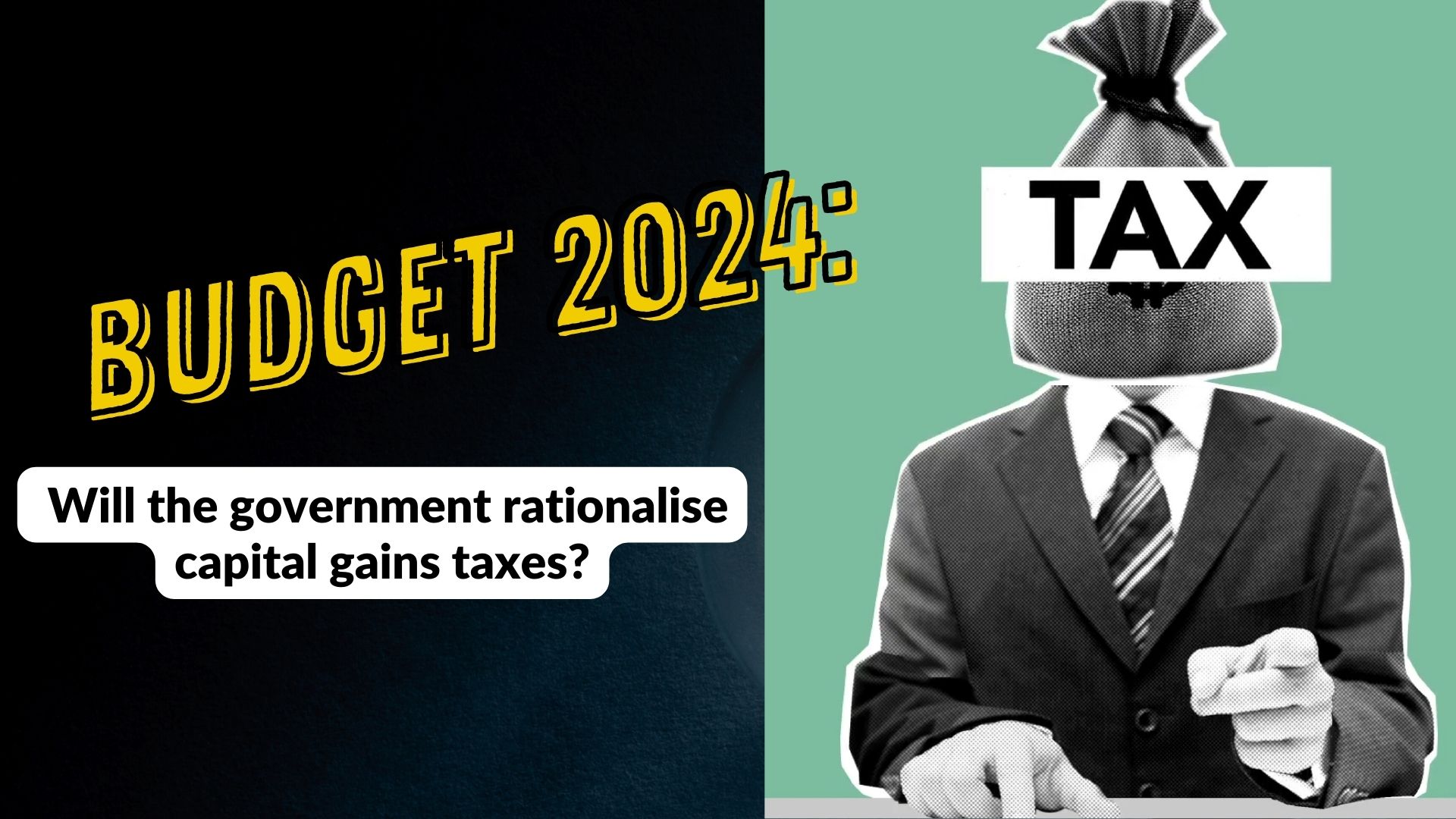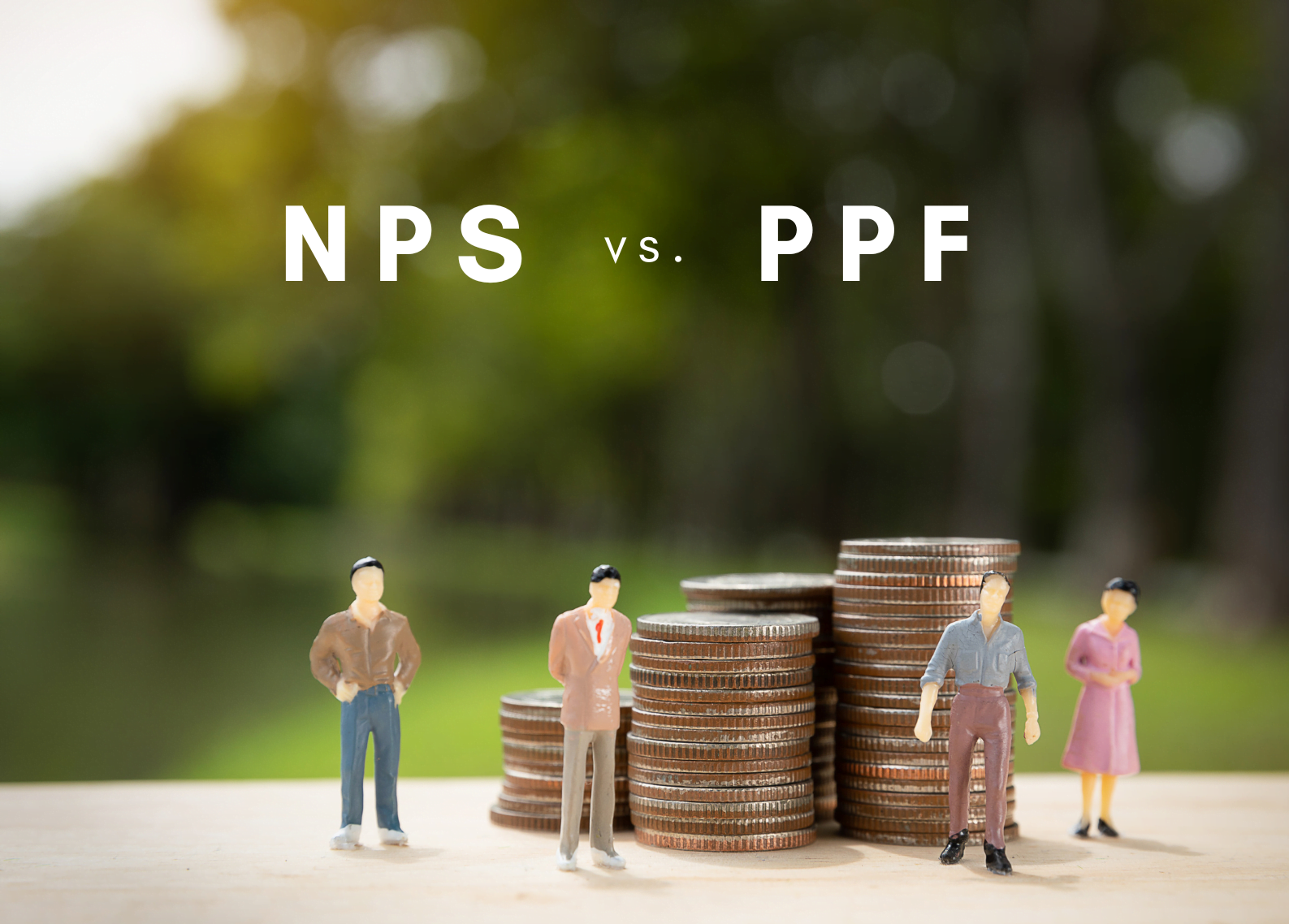

Everyone who works knows that among retirement’s goals is a secure future, which equals obtaining a flow of income post-retirement characterised by the same extent as having a sustainable investment scheme. In India, as regards the retirement scheme, NPS & PPF are the two really popular investment tools.
Both provide the most distinct features and the investors with the different risk appraisals and financial goals are their target customers. Let me share with you one comparison between these two retirement plan options and you decide the one that is fitted for you.
National Pension System (NPS)
It was institutions that blew the launch of the National Pension System to make an orderly retirement available. NPS is an individual retirement savings plan; it is a defined contribution retirement savings scheme, urging individuals to contribute regularly in their designated fund account during their careers.
Retired subscribers can avail themselves of a portion of the corpus in the form of a lump sum, and the remaining corpus will be used to purchase an annuity to support a stable income during the retirement period.
Public Provident Fund (PPF)
Enabled by the National Savings Institute of the Ministry of Finance since 1968, this is a very traditional long-term investment option that offers exciting tax savings, as well as competitive interest rates and returns that are TDS free It encompasses the provision of access, along with the central Government’s promises made as a security against any sort of failures or threats to the investment.
Investment Details
NPS:
PPF:
Risk and Returns
The choice between NPS and PPF could also hinge on your risk tolerance. The choice between NPS and PPF could also hinge on your risk tolerance:
NPS
For the portion of the investment that follows market fluctuations, NPS will have varying returns. This implies there is a higher risk involved which is of course the catch but there is also the possibility of higher returns which outweighs the risk consideration, especially if an adequate proportion of the corpus is invested in equities.
PPF
As a government-backed plan, PPF is a safe platform providing a certain amount of interest that’s linked with bonds or interest rates. This is the nail that attracts many people who are not ready to accept the risk factor and would prefer a low-risk model and guaranteed returns with no market fluctuations at all.
Liquidity and Flexibility
NPS: Unlike NPS, the opposite is the case for this plan, as it lacks versatility when it comes to the withdrawal side. The redeemable amount can only be claimed upon reaching the age of 60 or more, but at least one-fourth of this sum should be retained for the purchase of the annuity. Withdrawals made before maturity can be done only in some cases (provided the amount does not exceed 25% of the contributions).
PPF: PPF offers more liquidity (liquidity ratio) than the NPS. From the seventh year, part withdrawal is allowed; on the other hand, a loan on the PPF account can be made in the third to sixth year. At the end of 15 years, all the money which was reinvested will belong to you.
Suitability
For Young Investors: The younger set of investors could exploit the variety of equity brought by NPS to derive higher growth potential over the long run. The sooner one starts, the more tangible the advantages of compounding will be, mainly the equity portion of the NPS where interest is accrued and compounded every year.
For Conservative Investors: People who like reliable return schedules can prefer PPF to those who like gambling in money. The PPF spaces itself off from the risky nature with its EEE status, a place that traditional investors with conservative investment portfolios will always hunt for.
Conclusion
Here, deciding between NPS and PPF comes from the own goals, risk tolerance, and period of investment. NPS can look attractive with its higher returns and ability to handle market changes if you are willing to ride it out. This path allows you to grow your retirement savings. Alternatively, if you want certainty and safe rewards, the stop-loss profit interchange is the place for you.
Thus the amalgam of the high growth potential of NPS and the stability of PPF may also function as the most methodical one and a powerful conglomerate for a balanced retirement portfolio. Be it wherever individuals choose, an early start is crucial to have a sound and secure retirement.